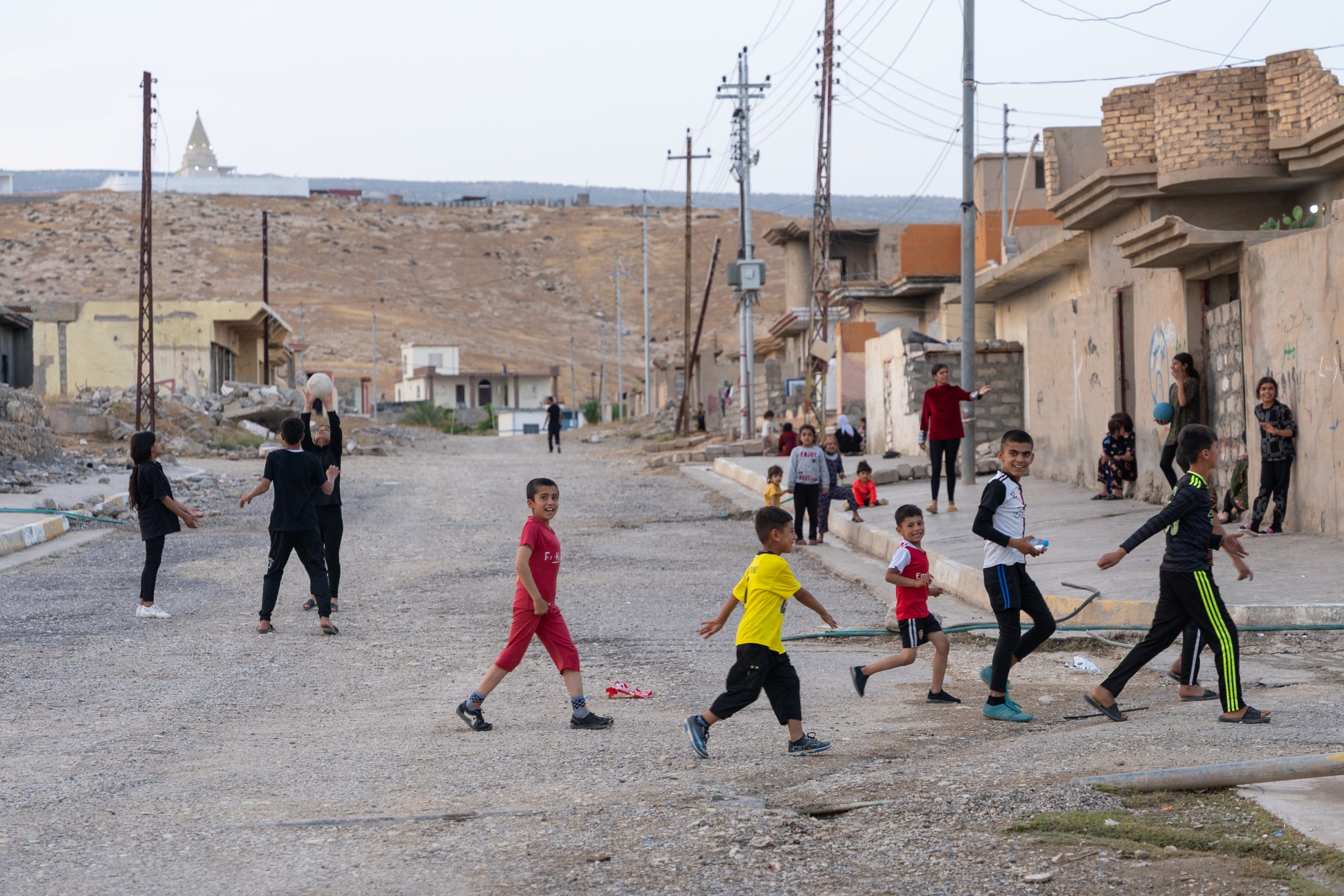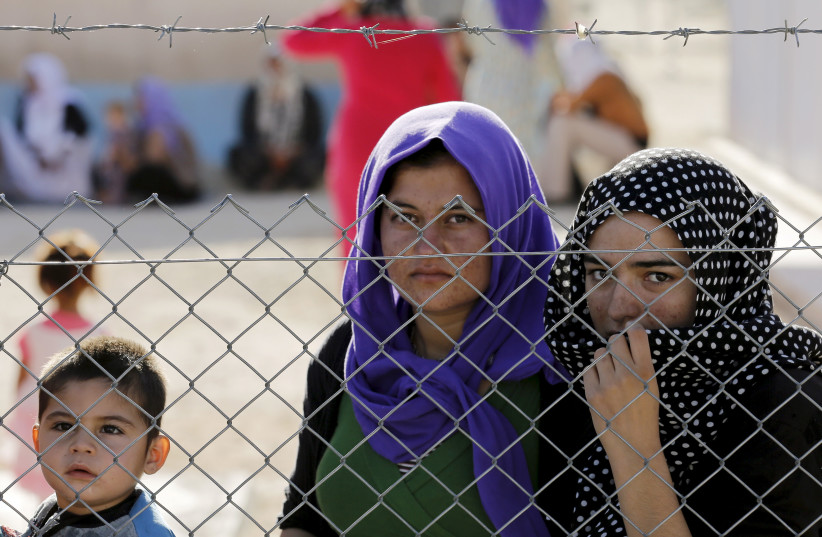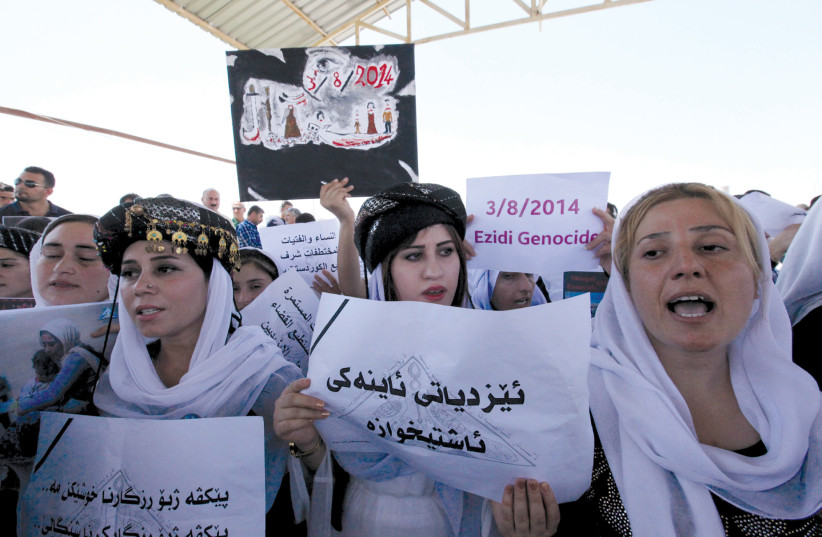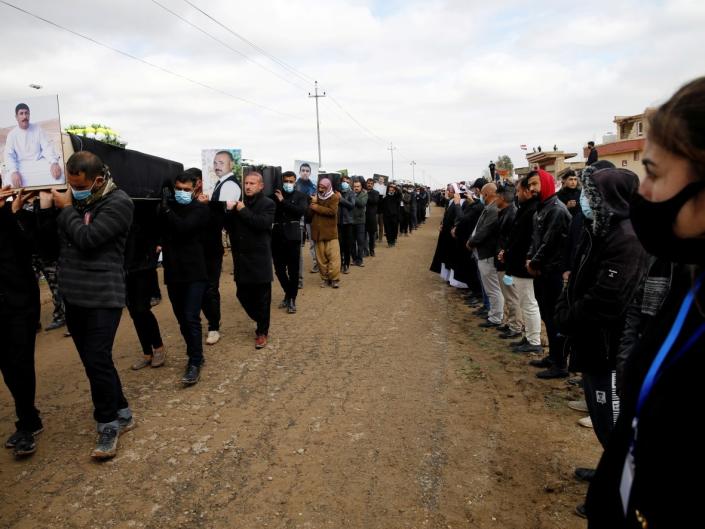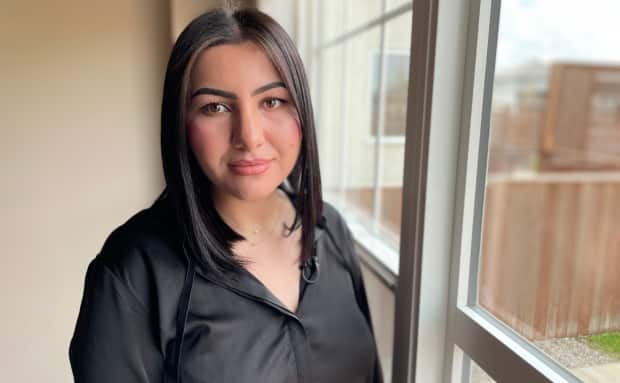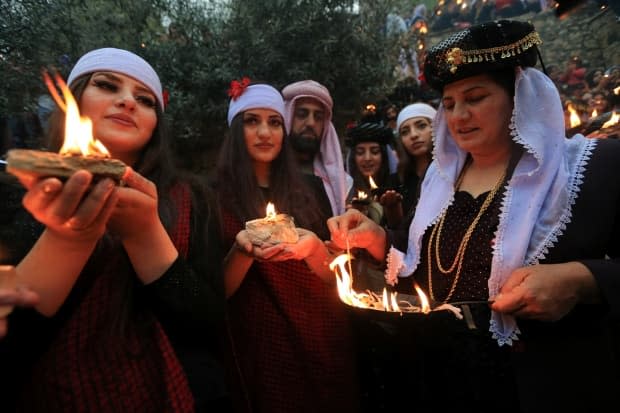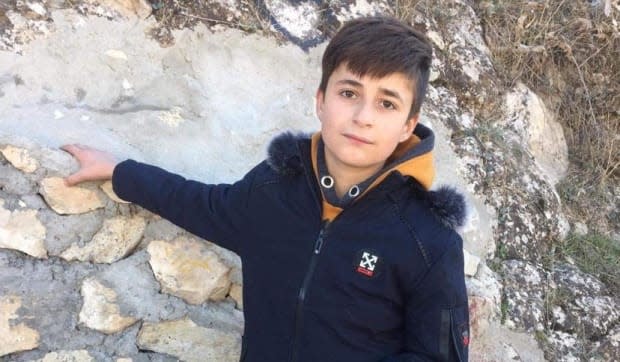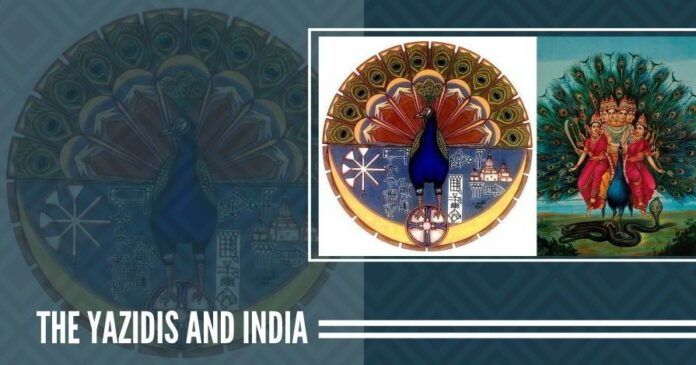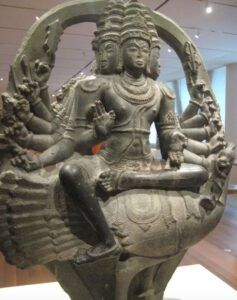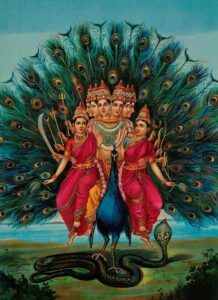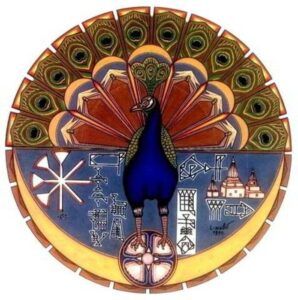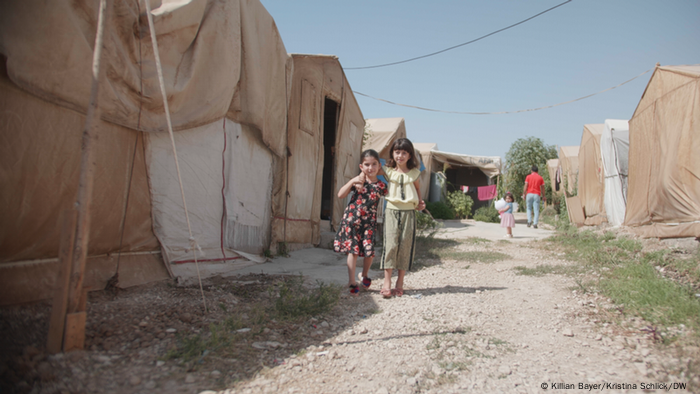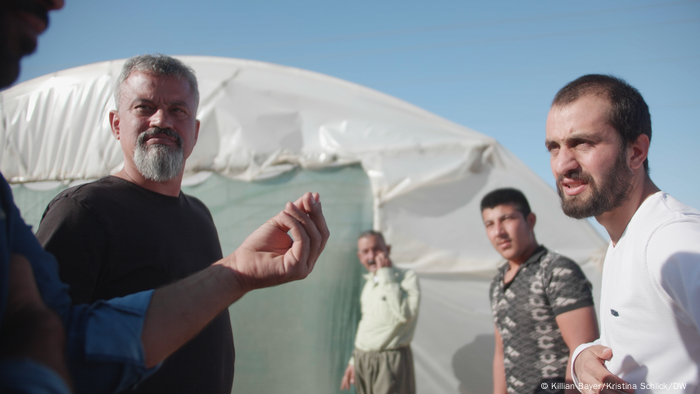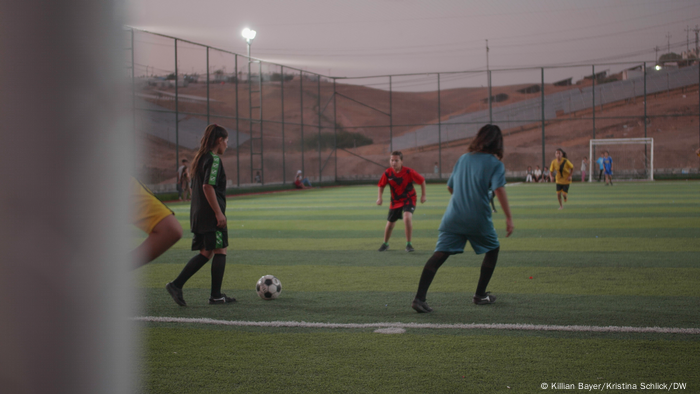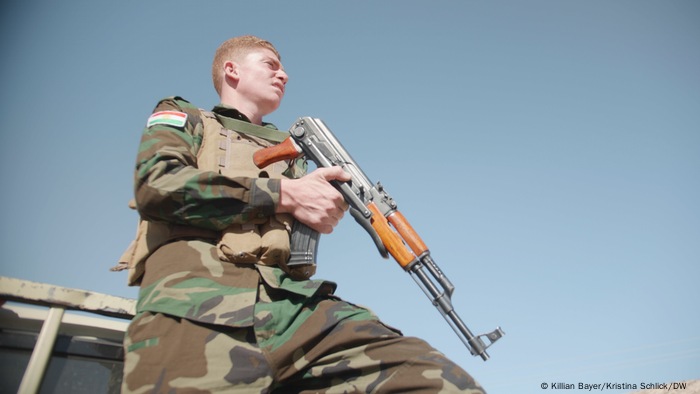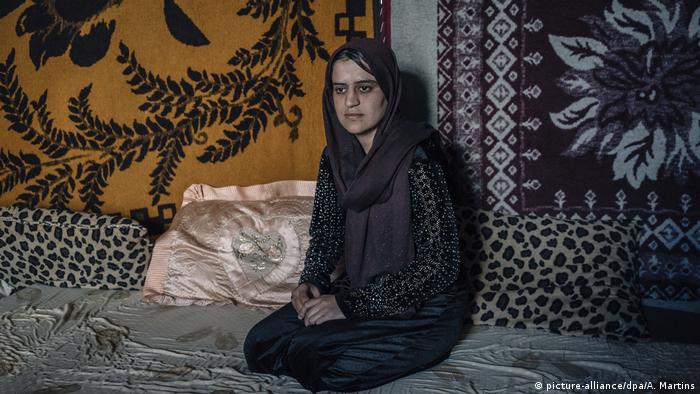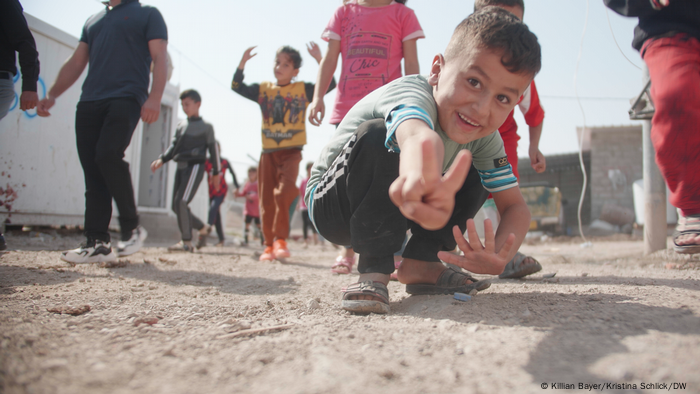Issued on: 30/07/2020 -

Displaced Iraqi Yazidi children stand next to a tent at a camp in Khanke, a few kilometres from the Turkish border in Iraq's Dohuk province, on June 24, 2019. AFP - SAFIN HAMED
Text by:FRANCE 24
Nearly 2,000 Yazidi children freed from the grips of the Islamic State group in recent years are still trapped by psychological and physical trauma, Amnesty International warned on Thursday.
In a new report based on dozens of interviews in northern Iraq, the rights group found that 1,992 children who faced torture, forced conscription, rape and other abuses at the hands of IS were not getting the care they need.
"While the nightmare of their past has receded, hardships remain for these children," said Matt Wells, deputy director of Amnesty's crisis response team.
Thousands of #Yezidi children were brutalized during conflict with Islamic State.
New @Amnesty report highlights how their health must now be prioritized.
“While the nightmare of their past has ended, hardships remain for these children” - @mattfwellshttps://t.co/CT0S3GRGDW— Amnesty International (@amnesty) July 30, 2020
The Yazidis are an ethno-religious minority numbering around 550,000 in their heartland of northwest Iraq before IS swept through the rugged region in 2014.
Slamming the Yazidis as heretics, IS slaughtered thousands of men, abducted women and girls and forced boys to fight on its behalf.
Yazidi children were forcibly converted to Islam and taught Arabic, banned from speaking their native Kurdish.
To this day, child survivors suffer "debilitating long-term injuries," as well as post-traumatic stress disorder, mood swings, aggression and flashbacks.
According to the report, many child survivors return to their families having been starved, tortured or forced to endure or participate in hostilities. In many cases, these experiences have a major impact on their health.
While some children return with treatable conditions such as anaemia or scabies, others have debilitating, long-term injuries, illnesses or conditions.
As a result of their involvement in fighting, boys who were forcibly recruited by IS are especially likely to suffer from serious health conditions and physical impairments, such as lost arms or legs during fighting. Girl survivors of rape and other sexual violence suffer unique health issues, including traumatic fistulas, scarring, and difficulties conceiving, during pregnancy or giving birth to a child.
Nowhere to turn
Yazidi children interviewed by AFP last year in a displacement camp in the northwest district of Duhok played aggressively, wore all black and spoke Arabic to each other, even months after they were freed from IS.
One of them, a ten-year-old girl, had threatened to commit suicide multiple times, her mother told AFP.
A doctor who has provided medical care for hundreds of Yazidi women and girl survivors told Amnesty that almost every girl she had treated between the ages of nine and 17 had been raped or subjected to other sexual violence. Yet according to humanitarian workers and other experts, existing services and programmes for survivors of sexual violence have largely neglected girls, focusing instead on women survivors.
Sahir, a 15-year-old former IS child soldier, told Amnesty that he knew he needed mental support to cope with his trauma but felt he had nowhere to turn.
"What I was looking for is just someone to care about me, some support, to tell me, 'I am here for you'," he said.
"This is what I have been looking for, and I have never found it."
'Accept our children'
Amnesty said access to education could help ease children back into society, but tens of thousands of Yazidis still live in displacement camps where schooling is irregular.
Many have also gone into debt from paying thousands of US dollars to smugglers to free Yazidi relatives who were held by IS.
Yazidi mothers forcibly wed to IS fighters are struggling to heal their own psychological scars, while dealing with the stigma of having children born to jihadist fathers.
"I want to tell (our community) and everyone in the world, please accept us, and accept our children... I didn't want to have a baby from these people. I was forced to have a son," said 22-year-old Janan.
Many Yazidi women who were rescued from IS' last bastion in Syria over the last two years were forced to leave their IS-born children behind when they returned to their families in neighbouring Iraq.
"We have all thought about killing ourselves, or tried to do it," said Hanan, a 24-year-old Yazidi whose daughter was taken from her.
Daily newsletterReceive essential international news every morningSubscribe
As a result of IS’s policies of systematic rape and sexual enslavement, Yazidi women gave birth to hundreds of children during their captivity, say Amnesty in the report. Many of these women are in desperate situations, in some cases experiencing severe mental anguish after being forced to separate from their children, and in others, remaining in IDP camps or with IS captors in order to avoid giving up their children.
Several such women interviewed by Amnesty said they were pressured, coerced and even deceived into leaving their children behind by family members or by individuals or groups who work to reunite captured Yazidi women and children with their families. They also said they were falsely assured that they would be able to visit or reunite with their children at a later stage.
Mothers must be reunited with their children and no further separation should take place, Amnesty said.
"These women were enslaved, tortured and subjected to sexual violence. They should not suffer any further punishment," said Wells.
(FRANCE 24 with AFP)










